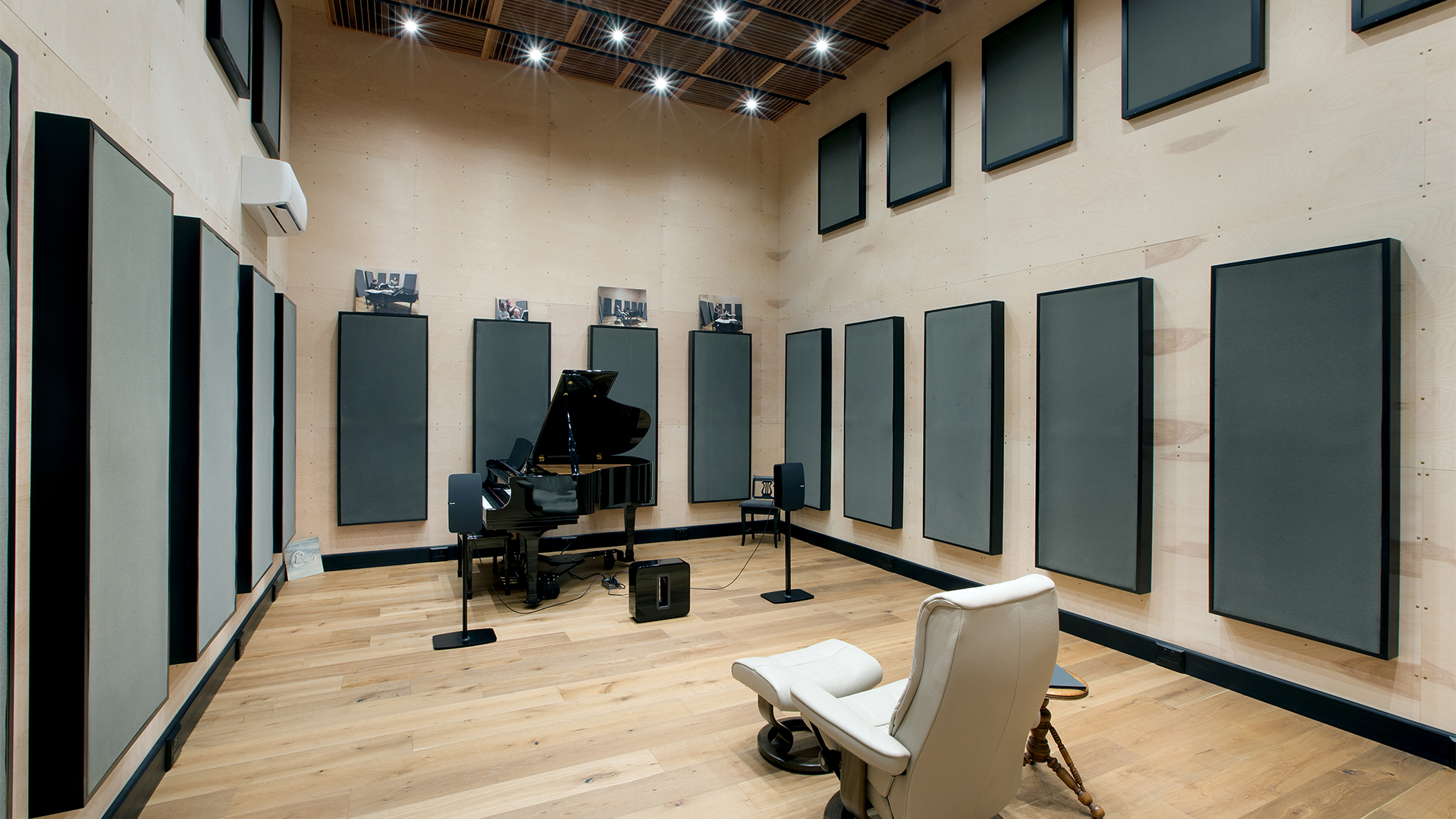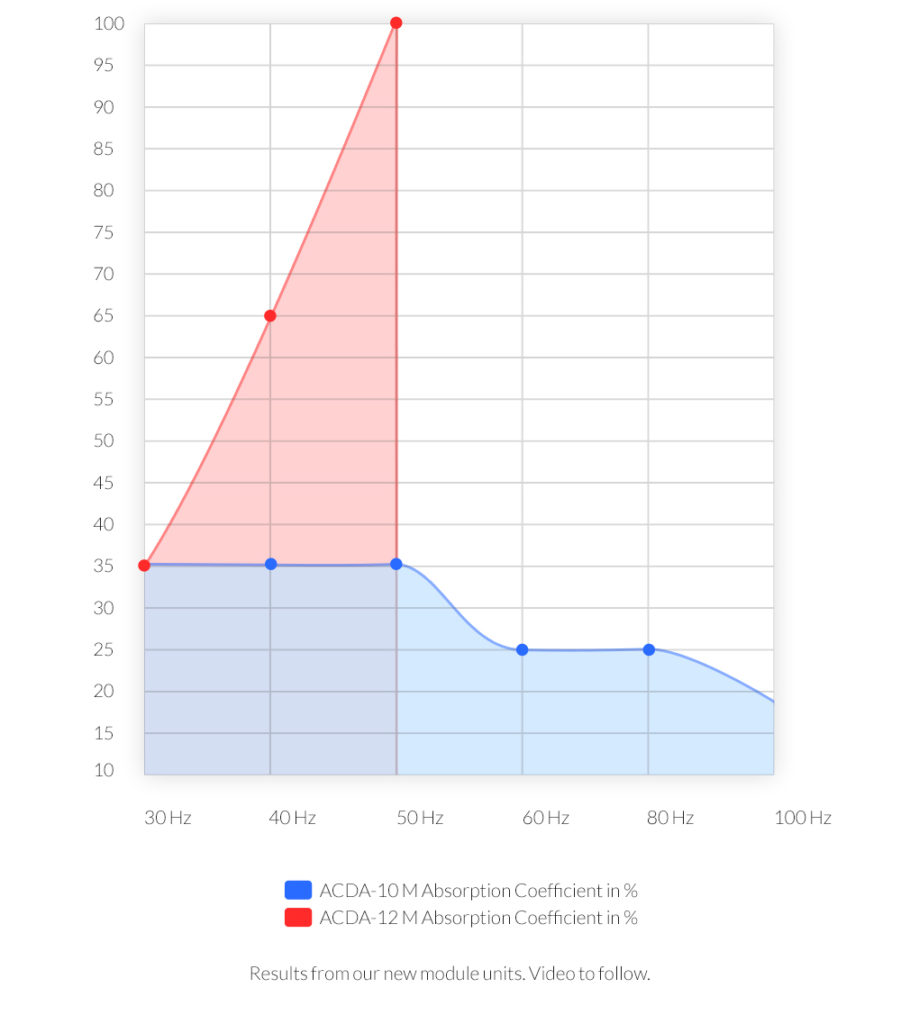
What are absorption coefficients?
They are a number that indicates how much energy a sound absorption technology will absorb per square foot. A number of 1 means 100 % absorption at a certain frequency. Absorption coefficients can occur at any frequency and are a technical measure of how much energy and at what frequency the technology is going to absorb at. The absorption coefficients for lower frequency fundamentals are different and usually less than for higher frequencies. Higher frequencies use thinner material types and it is easier to achieve a 100% absorption coefficient at 500 hz. then it is 50 hz. The goal with any sound absorption technology is to use the proper rate and level of absorption to match the usage of the room. Every room usage will need a different absorption coefficient represented in the technology. https://www.dictionary.com/browse/absorption-coefficient
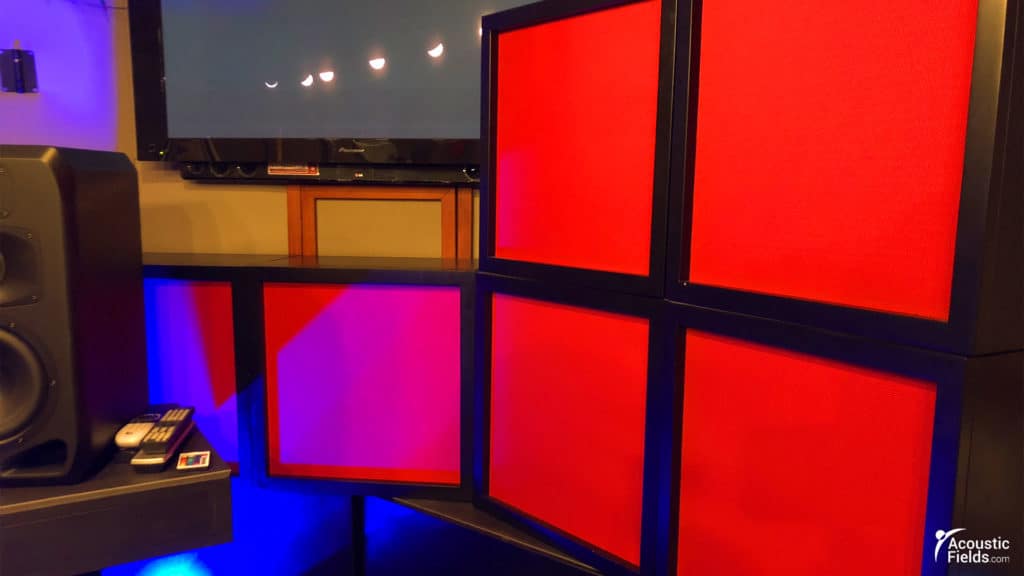
Not all absorption coefficients are the same. Every product and technology used has its own set of absorption coefficients. In acoustics, we divide absorption technologies into two main categories. We have technologies for low-frequency absorption and we have technologies for middle and high frequency absorption. Low-frequency absorption is pressure based. Middle and high frequency issues are molecular velocity or air flow based. A pressure based technology must work and be designed to handle sound pressure waves. A middle and high frequency absorption technology must be designed to work with air flow across the surface area of the absorption technology. There is no one technology that will work for both. You must use a combination of both pressure based and air flow technologies. https://www.pveducation.org/pvcdrom/pn-junctions/absorption-coefficient
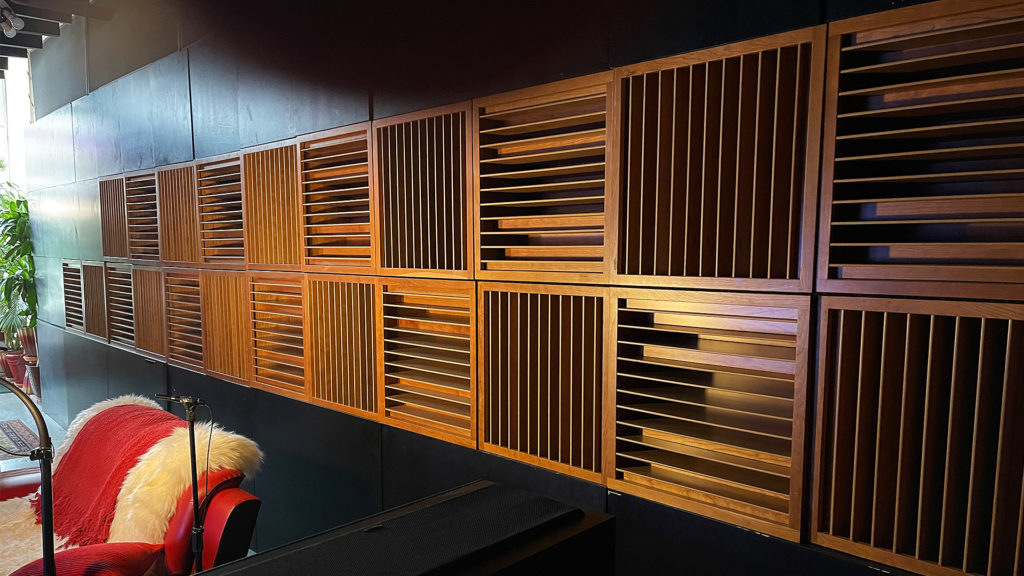
Diaphragmatic absorber: Highest absorption coefficient
At Acoustic Fields, we have designed both low-frequency, pressure based, technologies and middle and high frequency technologies that are based upon air flow. Our ACDA series is diaphragmatic absorption with our activated carbon perforated absorber inside the diaphragmatic absorber. Diaphragmatic absorption is the most powerful per square foot of all low frequency absorption technologies. With our activated carbon technology inside the diaphragmatic absorber we are able to obtain rates and levels of lower frequency absorption below 100 hz. never seen before is a commercially viable product line. You can see the absorption coefficients in the title graphic for our ACDA-10 and ACDA-12 broadband absorbers. https://www.acousticfields.com/product/acda-10-studio/
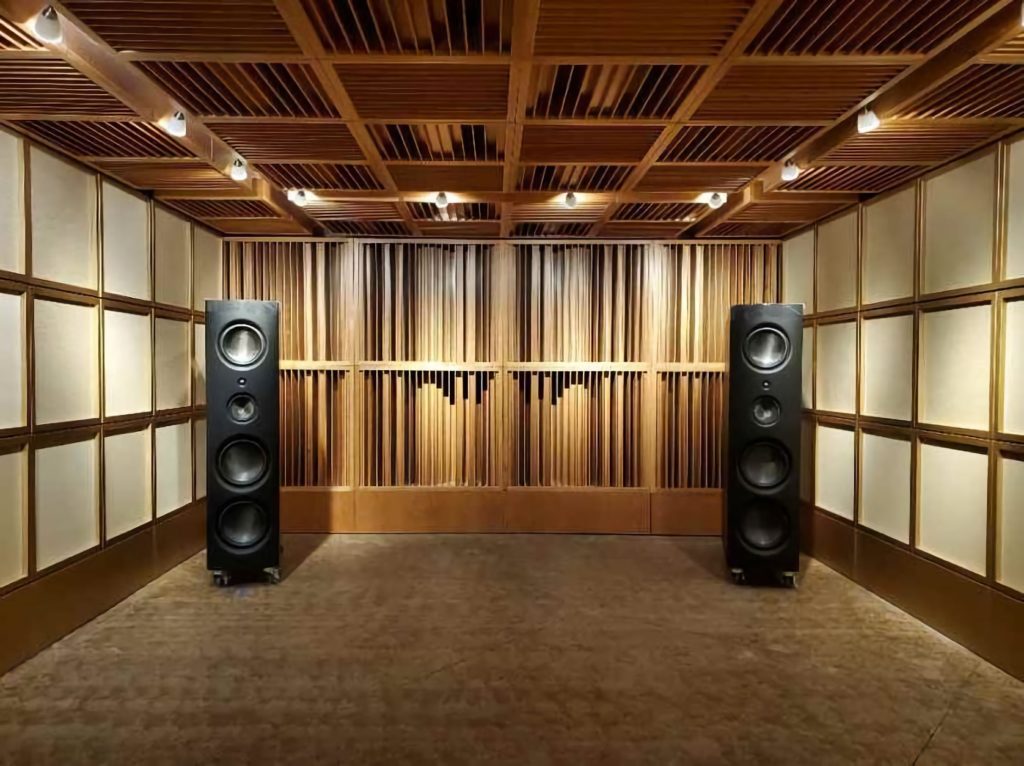
Best materials to maximize low-frequency absorption
Why is it important to know the absorption coefficients of and sound absorbing material type? It is important because every audio room usage has a certain set of low, middle, and high frequency absorption requirements. Every room size and usage is different. If you are recording an acoustic guitar versus an electric guitar with amp, it will be a different set of treatments. The electric guitar room will require more low-frequency absorption than the acoustic guitar room. If your room usage is for voice then you will not need as much lower frequency absorption than the acoustic guitar room. Every room size, every room audio usage and every pressure level you play at has an impact acoustically . This is why you must develop a sonic strategy. Without a strategy, you are just using tactics that may or may not get you towards your goals. Without a plan, you are wasting time and money.
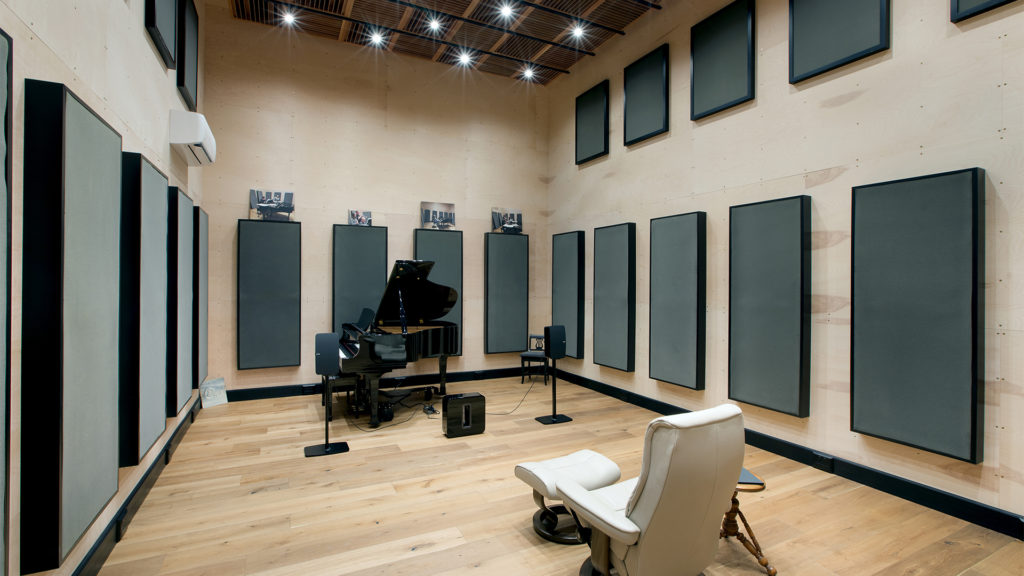
In Summary
With our technology, you will have all the tools you will need to achieve your acoustic goals. However, you must first start with a plan. Doing this or that without knowing why is a recipe for disaster. People do not plan to fail, they fail to plan. without a plan of attack, you could be making things worse. All acoustical issues are related to each other. Without knowing what causes what issue you are just guessing and guessing with a complicated subject such as acoustics is a fool’s game. You must first start by managing the low-frequency issues within the room. After pressure issues have been managed with the proper treatment types and amounts, you can then manage the middle and high frequencies. Every room usage requires a different acoustic treatment set up. You must know your room usage and select the proper treatment to match your usage.


